Heritage in Our Hands
UNESCO 50 Years Later
Closed on February 26, 2023
Included with Museum Admission
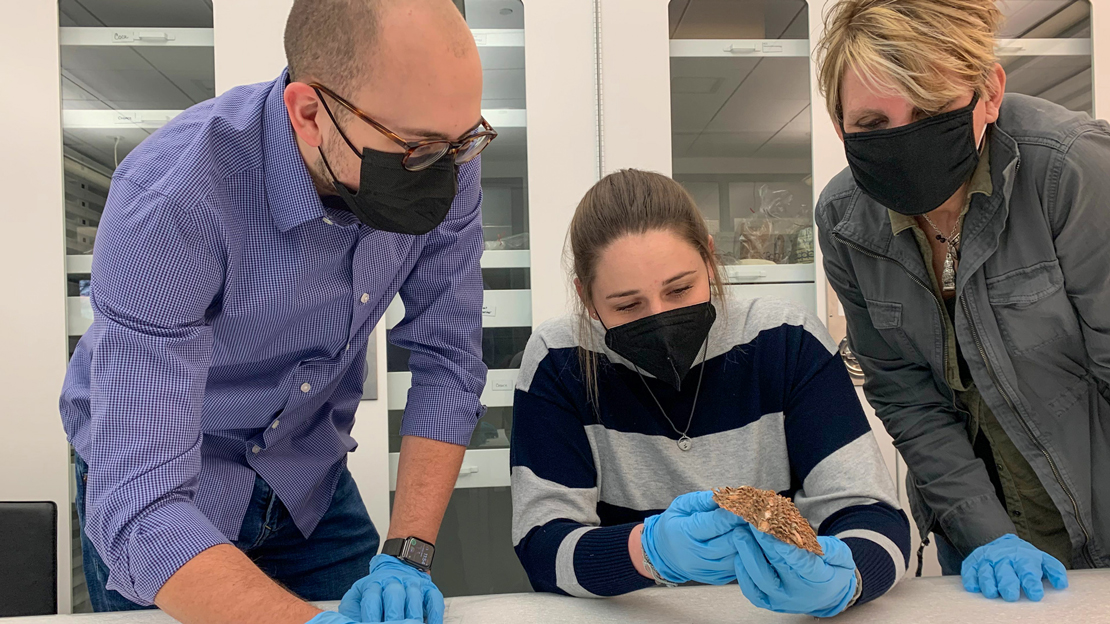
UNESCO 50 Years Later
Closed on February 26, 2023
Included with Museum Admission

Combining archaeological and contemporary artifacts with striking images to commemorate the 50th anniversary of the UNESCO World Heritage Convention.
What does heritage mean to you? In 1972, the United Nations Educational, Scientific and Cultural Organization (UNESCO) came together to identify and protect important heritage sites around the world. Since then, over 1,000 buildings, cities, and landscapes have been added to the UNESCO World Heritage List.
Take a closer look at artifacts from four World Heritage Sites. From bronze bangles made in Thailand nearly 3,000 years ago to a soccer ball from 2021, Heritage in Our Hands explores some of the ways that local communities, national governments, and people around the globe find meaning in World Heritage Sites, and how those meanings can shift over time.
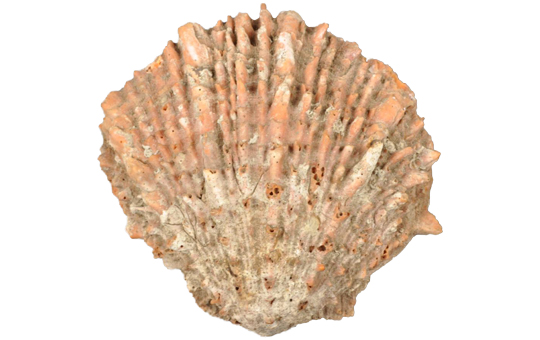
#33823
1400-1532 CE
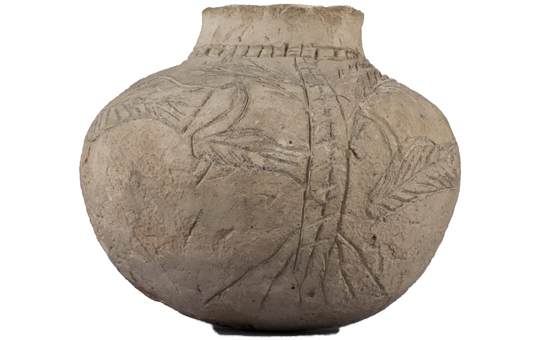
B15767
2000-1600 BCE
Each year, the Penn Museum’s student exhibition program selects three undergraduate interns to collaborate with staff, expand their research with faculty, and create a small exhibition for Museum visitors, all while strengthening their skill sets for future careers.
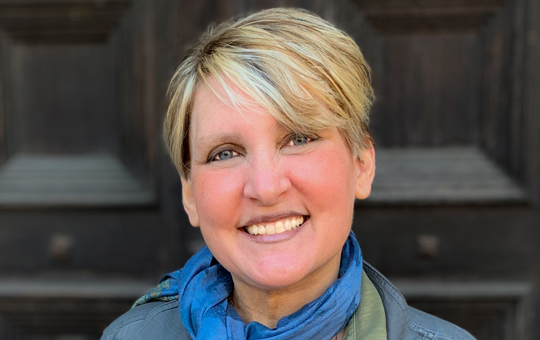
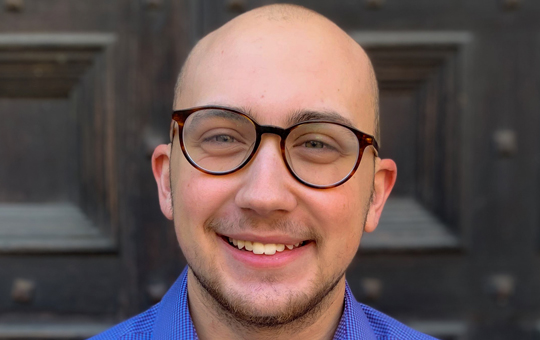
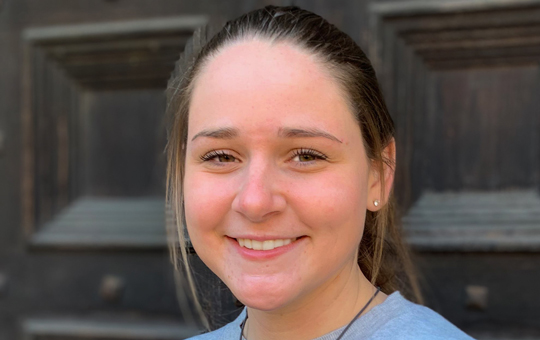
Cindy Srnka is a junior from Jackson, New Jersey, majoring in Near Eastern Languages and Civilizations and minoring in History and the History of Art. She contributes to various archaeological projects at the Penn Museum and has worked as a field team member for the Bat Archaeological Project in Oman. Out of the objects in Heritage in Our Hands, she connects most to imagery depicted on a cylinder seal and jar which speaks to the biodiversity and natural resources of the Awhar—elements essential to preserving a way of life practiced for thousands of years that remains relevant in a global society today.
Jackson Clark is a senior in the College of Arts and Sciences, set to graduate this May with a double major in Classical Studies and Anthropology. After five years of working for his hometown museum in Hershey, Pennsylvania, he continued that passion through involvement with the Penn Museum as a volunteer and research assistant, even going abroad last summer to Mozia to aid in an excavation. The object in Heritage in Our Hands that he feels best conveys the meaning of the exhibit is the Everton football, showing how local influences can largely determine what heritage is important to them.
Ashley Fuchs is a senior from Long Island, New York, double majoring in Classical Studies and Political Science. Her coursework in ancient history, experience during the 2021 Penn Museum Archaeological Field Skills Bootcamp, and prior research on cultural heritage in areas of armed conflict sparked her interest in UNESCO and world heritage. The object in the exhibition that she connects with the most is the Spondylus shell, which is both beautiful and shows how local people used and valued places and objects along the Qhapaq Ñan, (the Inka Road system).